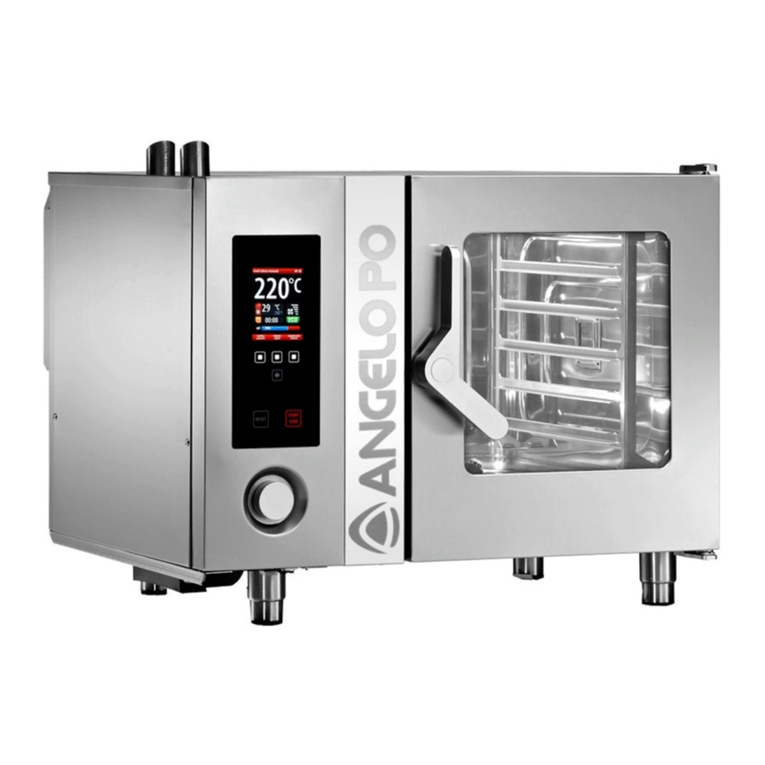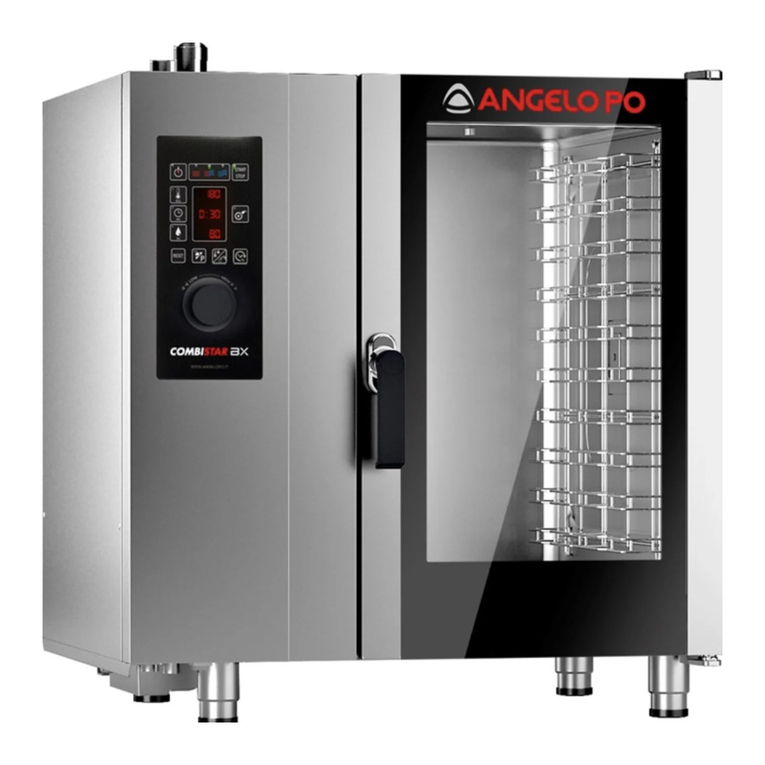4.7. Inverter ................................................................................................................62
4.7.1. Electrical risk warning................................................................................................63
4.7.2. Inverter alarms table..................................................................................................64
4.8. Fuse description ..................................................................................................66
5. OPERATION, TESTING, ADJUSTMENT, INSTALLATION REPORT, GAS CIRCUIT
ALARMS ..........................................................................................................................70
5.1. System operation.................................................................................................70
5.1.1. General principles of the pre-mixed system..............................................................70
5.1.2. Power schemes..........................................................................................................71
5.1.3. General functional diagram........................................................................................73
5.2. System components ............................................................................................74
5.2.1. Components layout....................................................................................................75
5.2.2. Gas valve...................................................................................................................77
5.2.3. Mixing circuit ..............................................................................................................79
5.2.4. Burner blower.............................................................................................................81
5.2.5. Combustion Control Board ........................................................................................82
5.2.6. Spark generator .........................................................................................................85
5.2.7. Spark plug and Flame detector..................................................................................86
5.2.8. Burner.........................................................................................................................87
5.2.9. Heat exchanger..........................................................................................................88
5.2.10. Exhaust extraction KIT...............................................................................................89
5.3. Combustion Control Board: operating logic..........................................................90
5.3.1. Standard Ignition Cycle..............................................................................................92
5.3.2. GAS Alarm: E12:F4 - failed flame detection..............................................................93
5.4. Gas Test..............................................................................................................94
5.4.1. Preparing for the testing phase..................................................................................94
5.4.2. Gas Change...............................................................................................................94
5.4.3. Gas Valve Adjustment ...............................................................................................96
5.4.4. Analysis of the Combustion Values...........................................................................97
5.4.5. Setup Gas - Wizard....................................................................................................99
5.4.6. Recommended combustion values .........................................................................102
5.4.6.1. Variation of the gas board parameters...............................................................106
5.5. Problems during the testing procedure...............................................................108
5.6. Installation Report..............................................................................................109
5.7. Gas Alarms........................................................................................................111
5.8. Combustion gas periodic inspection...................................................................113





























